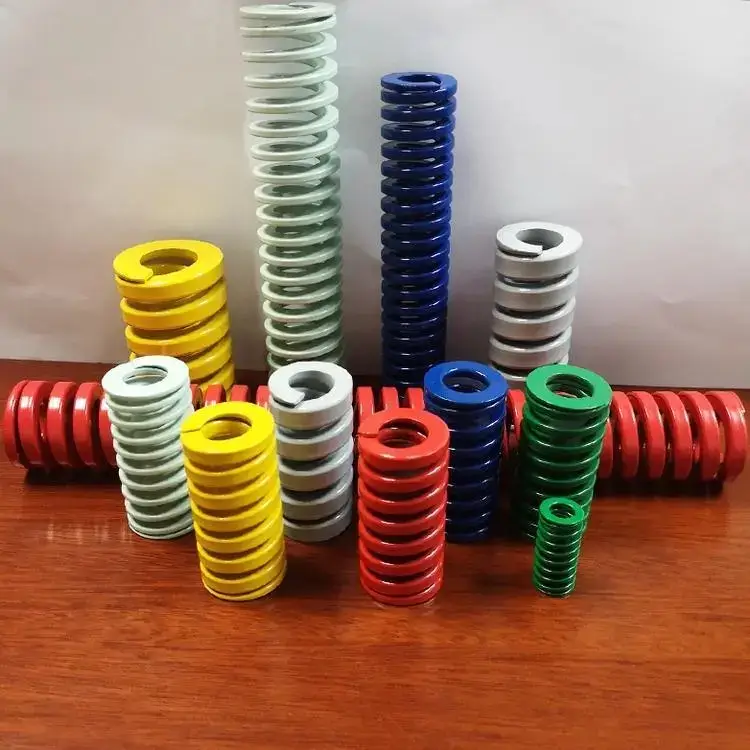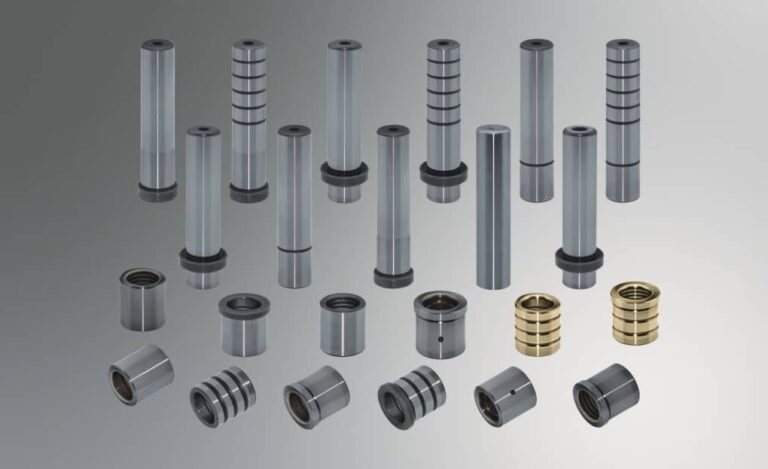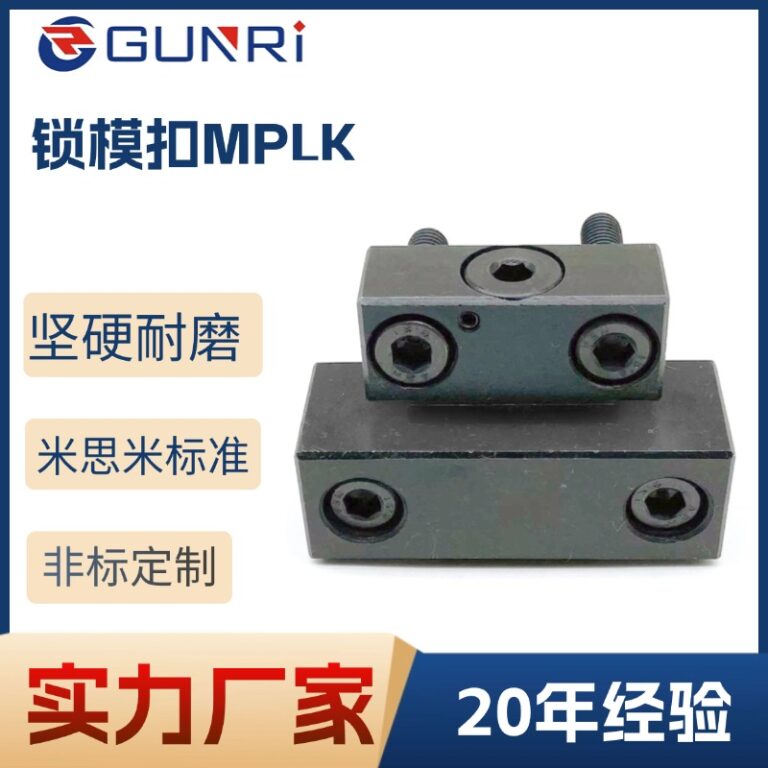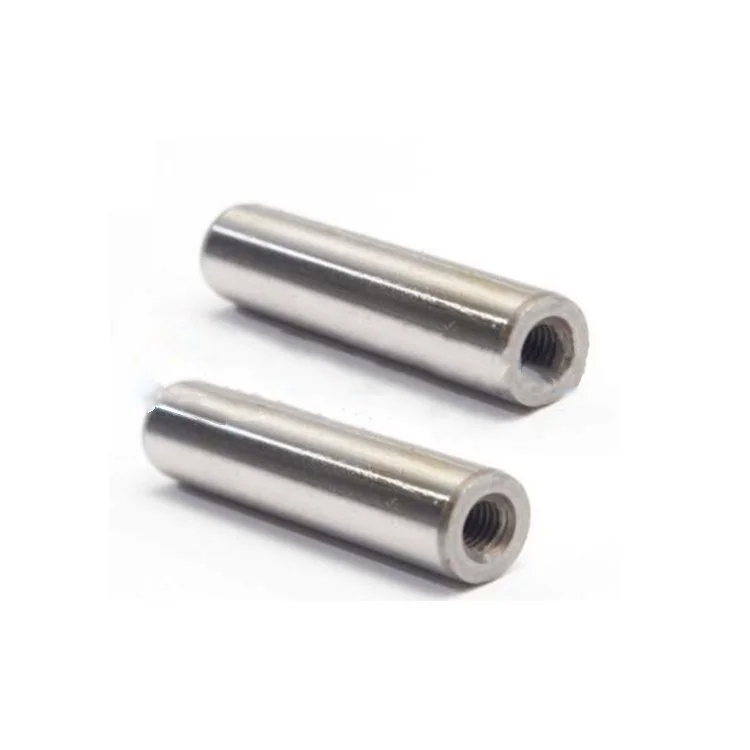When is it necessary to use reset coil springs in injection molds?
In the injection molding process, due to the influence of injection pressure and temperature, the mold may experience displacement during the opening and closing process, leading to deformation and shifting of the internal space. To ensure the normal operation of the next injection, it is crucial for the mold to quickly return to its original state after closure.
To achieve this goal, the method of using spring reset is often employed. Springs assist the mold in rapidly returning to its original state, providing a certain buffering force to effectively reduce vibrations and impacts during the closing process, contributing to the protection of the mold’s lifespan.
In mold design, mold springs are commonly utilized for activities such as the reset of the push-rod plate, the positioning of sliders in lateral core-pulling mechanisms, and the fixed-distance sectioning of movable templates. Their primary function is to push back the push-rod plate to its original position after the injection machine’s top rod retracts, ensuring a pre-reset condition before the mold closes. This contributes to optimizing the injection molding process and enhancing production efficiency.






